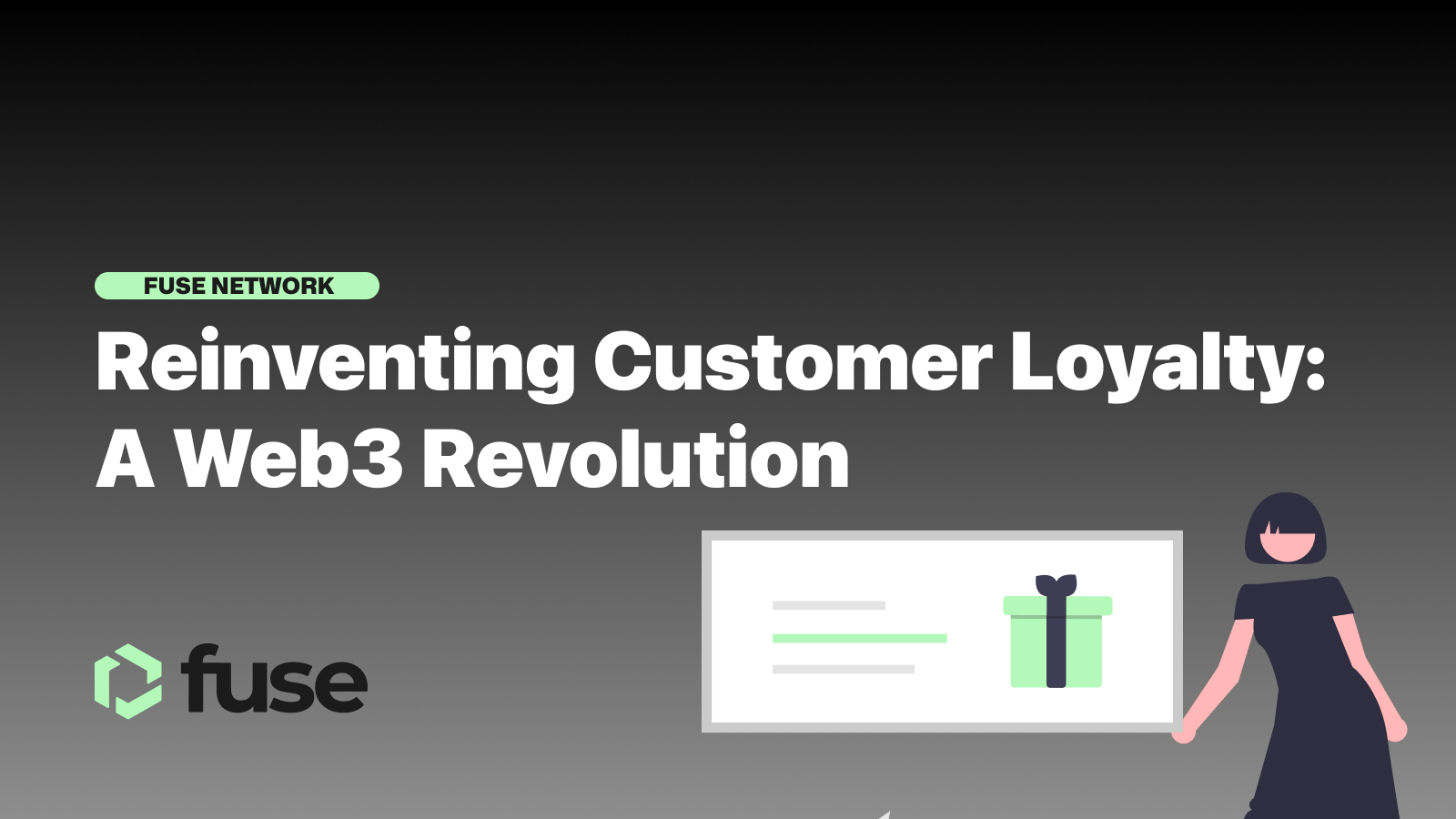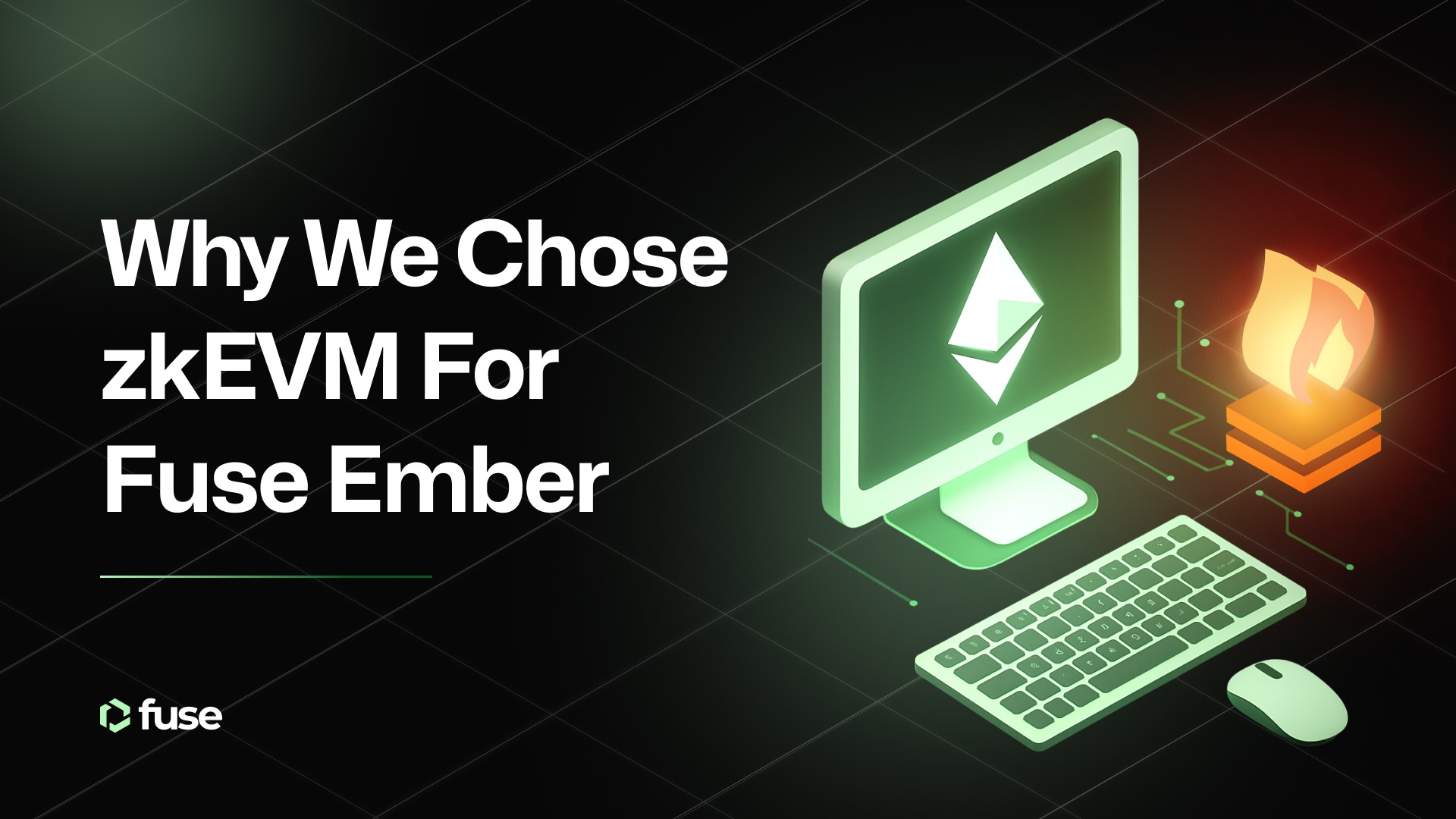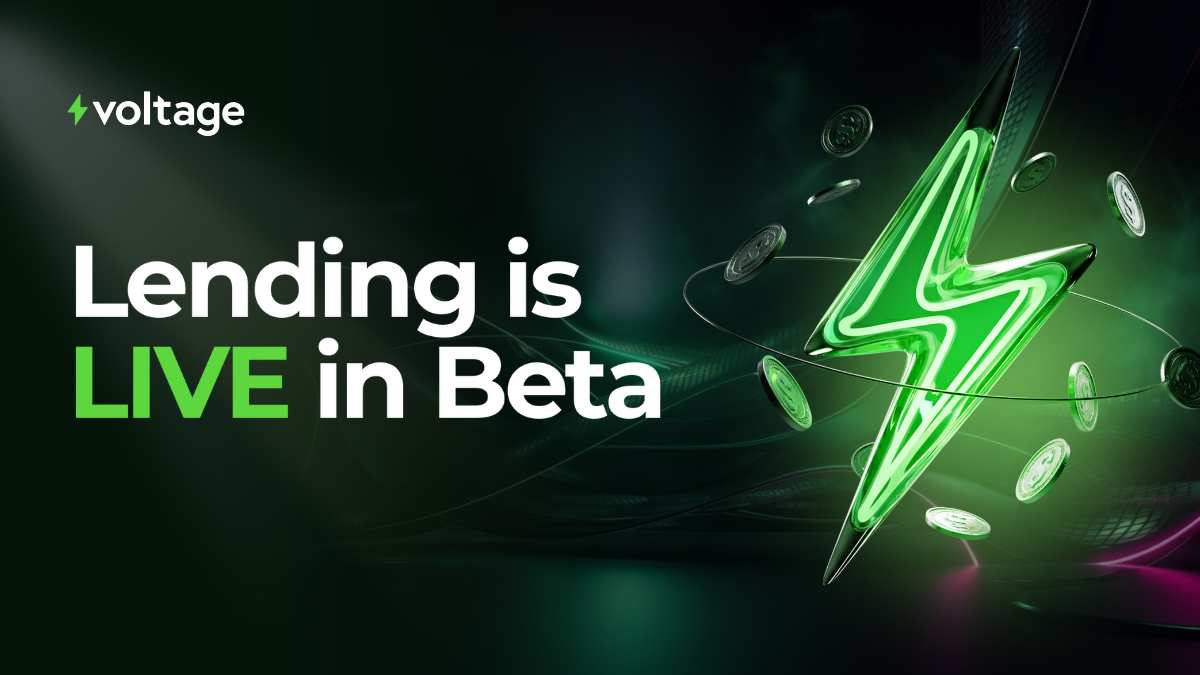Traditional customer loyalty programs face a significant challenge – declining engagement. While these programs have been instrumental in increasing brand affinity and share of wallets for decades, they show signs of wear and tear.
Unused points accumulate, and the impact of tactical rewards diminishes over time. Younger consumers, in particular, seek more meaningful, values-based relationships with brands, moving beyond mere discounts.
The solution to this loyalty problem lies in the revolutionary potential of Web3 technology, particularly Non-Fungible Tokens (NFTs). While some now think of overpriced monkey-face JPGs, an entirely different side to NFTs is being explored. One that brings real-world value and utility.
Loyalty Programs: The Beginnings
The concept of loyalty programs took flight with frequent flyer miles in the early 1980s. American Airlines’ AAdvantage program, introduced in 1981, allowed travelers to earn miles for flights, redeemable for free air travel and seat upgrades. This innovation sparked a loyalty program boom across various industries, from retail and hospitality to banking.

Traditional loyalty programs primarily focused on explicit commercial goals – increasing the share of wallets, repeat purchase frequency, lifetime value, and customer retention. These programs offered tactical rewards, such as free coffee after collecting a certain number of stamps or elite status after accumulating a specific mileage threshold.
In these programs, customers are incentivized to concentrate their spending on a single brand to maximize their points and rewards. However, over time, traditional loyalty programs started to exhibit several flaws:
Tactical Rewards Fade: Tactical rewards lose their appeal as the novelty diminishes. Customers often seek the next best deal after redeeming their points.
Lack of Emotional Connection: Generic loyalty programs often fail to forge deep emotional connections with customers beyond the initial discount or freebie.
Program Overload: Consumers are burdened with numerous loyalty cards and often need to remember about unused programs, reducing their perceived value.
Redemption Hassles: Issues like expired points and blackout dates erode the perceived value of rewards.
Shifting Consumer Priorities: Younger, more values-driven consumers prioritize meaningful brand relationships over mere tactical incentives.
The Evolving Landscape of Loyalty
Today, consumers expect more than superficial loyalty programs; they seek personalized and engaging brand experiences tailored to their preferences and lifestyles. Tactical rewards alone rarely inspire genuine loyalty without an emotional component. This shift is especially prevalent among millennials and Gen Z, who value shared values with a company as a critical driver of loyalty.
This evolving landscape calls for a reimagining of customer loyalty and brand connections. While traditional programs won’t disappear entirely, supplementing them with more engaging incentives and experiences can strengthen relationships in the long run.
The fickleness of loyalty presents challenges as consumers, overwhelmed with choices, readily explore new brands. Economic realities have also prompted brands to reevaluate the costs and benefits of their programs. Some major airlines, hotels, and retailers have adjusted their programs to reduce liabilities from unredeemed points.
Embracing Web3 for Loyalty
While overhauling established programs is risky, brands realize that more rewards are needed to provide a lasting impact. Consumers today demand innovation and personalization from their brand relationships. This sets the stage for a new era of digital loyalty solutions powered by blockchain and Web3.
Blockchain technology establishes certainty of ownership and authenticity through decentralized, distributed ledgers. NFTs, in particular, take this a step further by providing verifiable digital ownership of unique items, ranging from art and music to collectibles and loyalty points. The key is attaching certainty of ownership to virtual goods.
Web3 can transform loyalty programs by bridging the gap between physical rewards and digital relationships. Instead of amassing generic points, customers can own branded digital assets that reflect their relationship with a brand.
Here are some compelling use cases for NFT loyalty programs:
- Digital Membership Cards: NFTs as access keys to exclusive memberships and VIP perks.
- Sweepstakes and Lotteries: NFT scratch-offs for a chance to win prizes and experiences.
- Unique Collectibles: Branded digital collectibles and artwork for superfans.
- Hybrid NFTs: Redeemable for both digital and physical rewards.
- Gamified Programs: Activities earn traders rare NFTs, adding an element of excitement.
- Community Building: NFTs are used to establish social connections and status.
- Virtual Events: NFT tickets granting access to exclusive virtual meetups.
- Fractional Ownership: Co-own NFT assets with other community members.
- Custom Artwork: Reflective of loyalty milestones, providing a unique and personal touch.
Web3-powered loyalty programs offer a range of benefits. They foster deeper emotional connections by allowing users to own digital assets, add novelty and excitement through branded crypto elements, enable digital relationships without revealing personal data, and provide potential value in secondary markets.
These NFTs offer utility in the virtual and real worlds, bestow community status as digital credentials, and allow unified ownership tracking across various merchants.
Web3 Loyalty & Rewards on Fuse Network
Fuse Network is a prominent blockchain platform for business applications, focusing on payments and blockchain-based solutions for businesses. The network gained attention for its versatile ecosystem of projects, including consumer services and food delivery apps.
Notably, Fuse Network leverages blockchain technology to offer innovative solutions like loyalty programs and NFTs for festivals and food delivery apps, showcasing its practical ability to bring blockchain concepts to life and get them into the hands of everyday users.
One project excelling in the space is Bitazza and its Freedom Wallet. Bitazza leveraged Fuse’s technology to develop a non-custodial mobile wallet running on the Fuse Network.
By customizing the white-label Fuse Wallet, Bitazza can offer users various features, including decentralized identity, NFT minting, social recovery, escrow services, and fast and cost-effective transactions. More importantly, Bitazza introduced a native token on the Fuse blockchain (BTZ), enabling tokenized loyalty rewards for users based on online and offline purchases.
This real-world utility on Fuse Network will be showcased at this tears Mystic Valley Festival in Thailand, where the Freedom Wallet will be used to power payments, ticketing, and more.

Bitazza extends this Web3 wallet running on Fuse to other businesses looking to embrace Web3 loyalty and reward schemes. Businesses and merchants can fork the Freedom Wallet to build a fully customized, non-custodial wallet for iOS and Android. Consumers can use the wallet to make purchases, collect and redeem token rewards, and more.
Pioneering Brands Exploring Web3 Loyalty
While many brands are hesitant to overhaul their proven legacy programs, some early adopters are already exploring the potential of NFTs in loyalty.
- Starbucks: Starbucks recently unveiled “Odyssey,” an NFT-based extension of its Starbucks Rewards program. Members can earn “journeys” tokens by participating in games and challenges. These NFT journeys unlock exclusive benefits and community engagement.

- PepsiCo: PepsiCo launched “Mic Drop” on the blockchain platform Flow. This program includes redeemable NFTs that offer owners unique experiences and merchandise, such as VIP Super Bowl access and the chance to influence new Pepsi flavors.

- Tommy Hilfiger: Tommy Hilfiger introduced an NFT pass that grants owners access to virtual and in-person events. This includes a digital fashion show where NFT holders can dress avatars in exclusive designs, extending to in-person events like New York Fashion Week.

These examples demonstrate how brands can seamlessly incorporate Web3 technology into loyalty strategies. While it’s unlikely that NFTs will entirely replace traditional reward systems, they can add another layer and give a significant competitive advantage.
However, such loyalty experiments require abundant funds, which is fine for the abovementioned brands. Fuse recognizes the need for small to medium-sized businesses to experiment with Web3 and provides a fully open-source tech stack to give developers a playground to build and test ideas.
If you want to learn more about Web3 and blockchain-based loyalty programs for small to medium merchants and businesses, please contact us, and we’d be happy to set up a call and guide you through the process of getting started on Fuse Network.
Navigating the Future of Loyalty
Legacy loyalty programs will persist but must adapt to changing consumer expectations. Incremental experimentation with NFTs and Web3 technology provides valuable insights for the future. By blending virtual NFT experiences with real-world utility, brands can bridge the gap between transactional and emotional loyalty.
For publishers, creators, and retailers, hybrid loyalty programs that offer digital access status and physical rewards provide a way to connect with their audience on a deeper level. Brands that embrace these digital tools and incentives today will be well-positioned as Web3 and decentralized technology become mainstream. They will lead the next era of customer loyalty by building genuine communities and cultivating digital relationships beyond tactical discounts.
.svg)
.svg)












